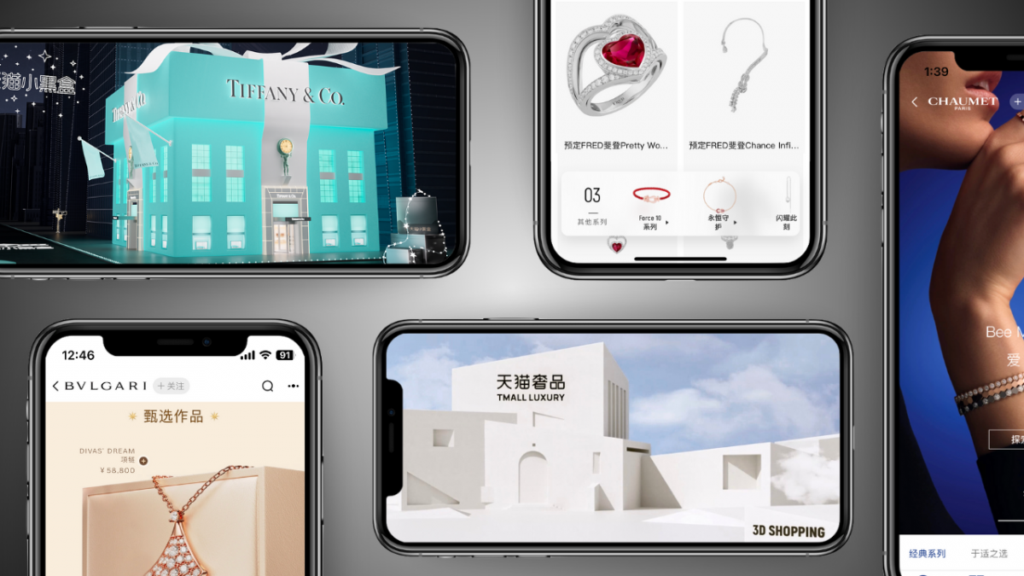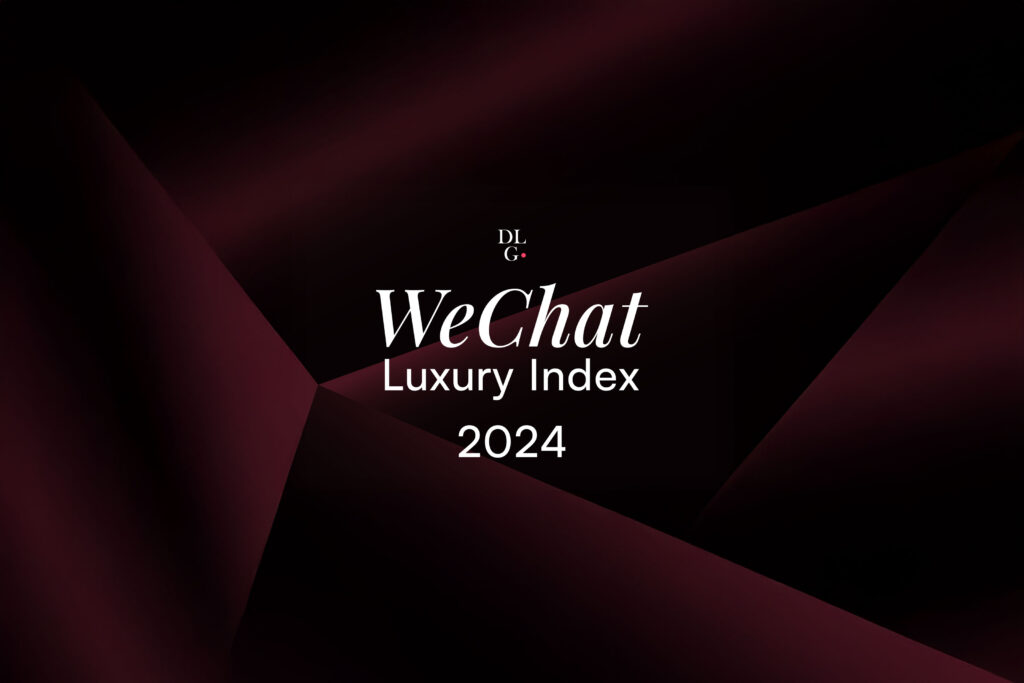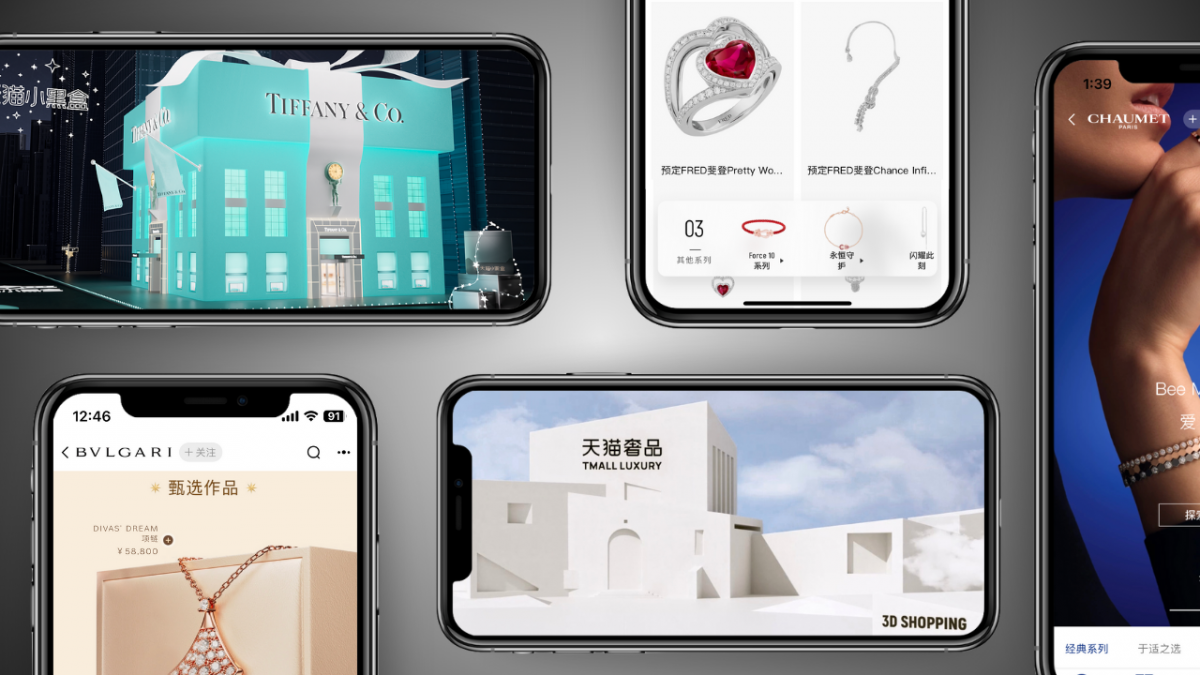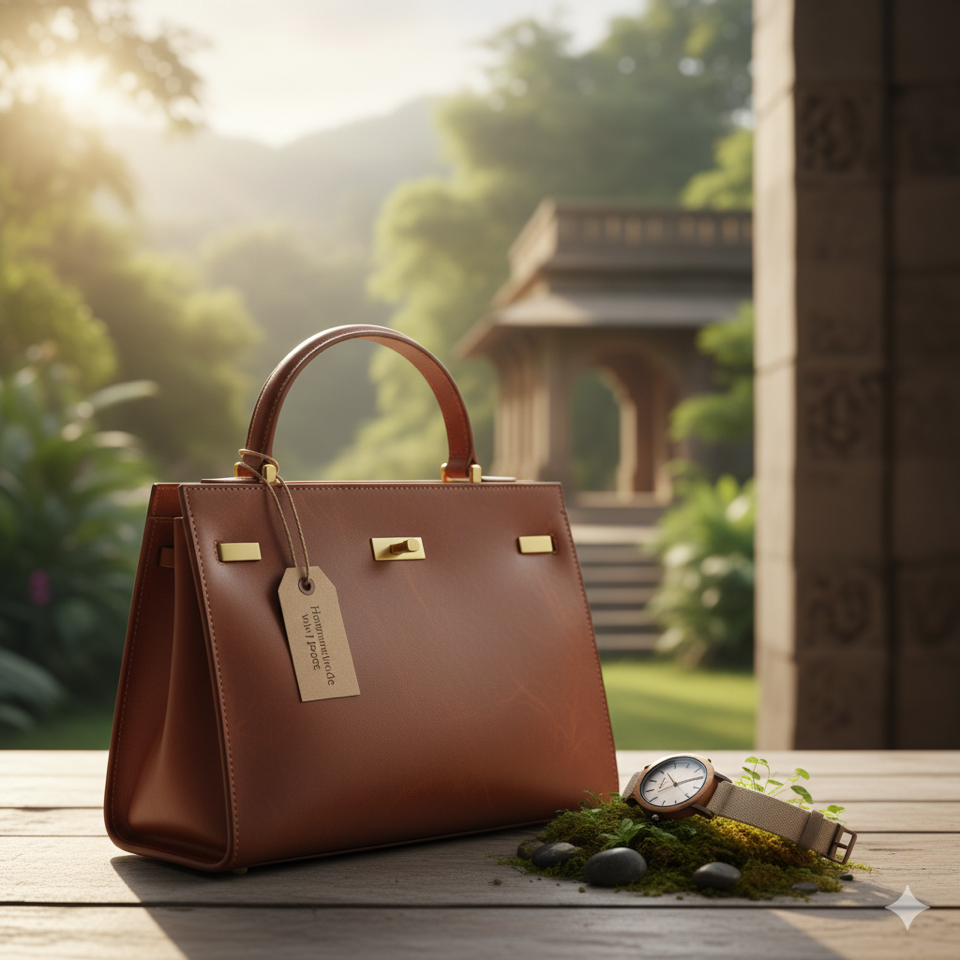Sophie Maxwell, head of insight at Pearlfisher, discusses the cultural changes in luxury consumption, leading to the re-emergence of white as the ultimate luxury palette

“ What is genius but the power of expressing a new individuality – Elizabeth Barrett Browning ”
To protect itself the luxury world created new sensibilities suggesting a new kind of luxury focused on the intangible and moving us away from overt material things to more discreet and special experiences. Design houses like Bottega Veneta have placed their emphasis on design elements that defy counterfeiting, not using visible logos but instead using their signature intrecciato leather weave created by artisanal production as their hallmark. Whereas Celine use colours and materials in a deliberately restrained way that completely resists the overt use of branding, and also focuses on reframing the product – rather than the brand – as the object of desire.
These unique and elite experiences are a move to once again raise – or perhaps safeguard – the luxury bar and we have seen some interesting and perhaps extreme new approaches to creating new visual languages for luxury. But as we now look at new ways of expressing creative and cultural change we are starting to see yet another shift with colour codes as we witness the emergence – or re-emergence – of the use of white as the ultimate luxury palette. Its delicate nature – often associated with royalty and spirituality – signals a return to a luxury ideal that is cherished, and sees the creation of items and environments that require care, attention to detail and reverence.
“ The first of all colours is white. We shall set down white for the representative of light, without which no colour can be seen – Leonardo da Vinci ”
White is austere. Martin Margiela’s scent (untitled) uses the purity of white to frame the austerity of his design ideals.

White is startling. Givenchy’s 2011 Spring Summer campaign features an all white image by photographers Mert Alas and Marcus Piggott, designer Riccardo Tisci’s muse Daphne Groeneveld and albino model Stephen Thompson.

White is about limited footfall. The Barker Black brand, which has epitomised ‘modern English refinement’ since 1880 has created white suede brogues to display the intricacy of their craftsmanship.

White is intricate. The elaborate detail of ‘ornament’ by Sam Baron for Alegre tableware.

White is a showcase. Mariage Frères Copenhagen studio by WE Architecture – white creates a startling frame for this richly traditional tea brand to create the ultimate elite experience.

White is wonder. The most beautiful of all examples. St. Hilaire church in Melle by Mathieu Llehanneur uses white marble and fluid forms to symbolize the purity, innocence and experience of white.

Creating new visual expressions that allow brands to evolve whilst communicating their original characteristics and protecting their integrity is the role of branding and now – in the wake of the fracturing of the luxury world – this is of growing importance and significance for the future of luxury branding. Today, as we see power shifting away from the West and new powerhouses rising elsewhere – all giving life to many different takes on luxury, all based on different cultural values and all influencing each other – creating brand expressions that transcend these differences but that also truly communicate difference, specialness and a true luxury experience is our most important challenge.
“ Fashions fade, style is eternal – Yves Saint Laurent ”
Luxury today is defined – and directed – by its very many contradictions: it is both Western and Eastern, extreme and subtle, public and private, worshipped and discovered. Our current fascination with white – and its qualities and applications – is just an example of one way in which we are rising to the new challenge. But the greater point is that creating a truly differentiating expression is not just the job of a badge that can be imitated but involves bringing the brand’s values to life across all touch-points – both traditional and new. We must reconsider our values and how we communicate them through the unique elements of our identities – to create expressions that take us beyond the superficial and express a truly inspiring and dramatic difference.










